Pineapple Maintenance is a full FM service provider
We offer:
Business Leadership
Scalable Technology
Integrated Service Center

Business Process Management
This is an existing cloud-based technology used to manage vendors and son-site technicians in the field. It will be aligned to your specific contracting and operational requirements.

Computerized Maintenance Management System (CMMS)
is also an existing cloud-based enabled technology that is the foundation of the Maintenance Program. It will be aligned to your maintenance standards and updated as we advance our maintenance platforms and programs.
Cloud System Sensors Available
Sensors List
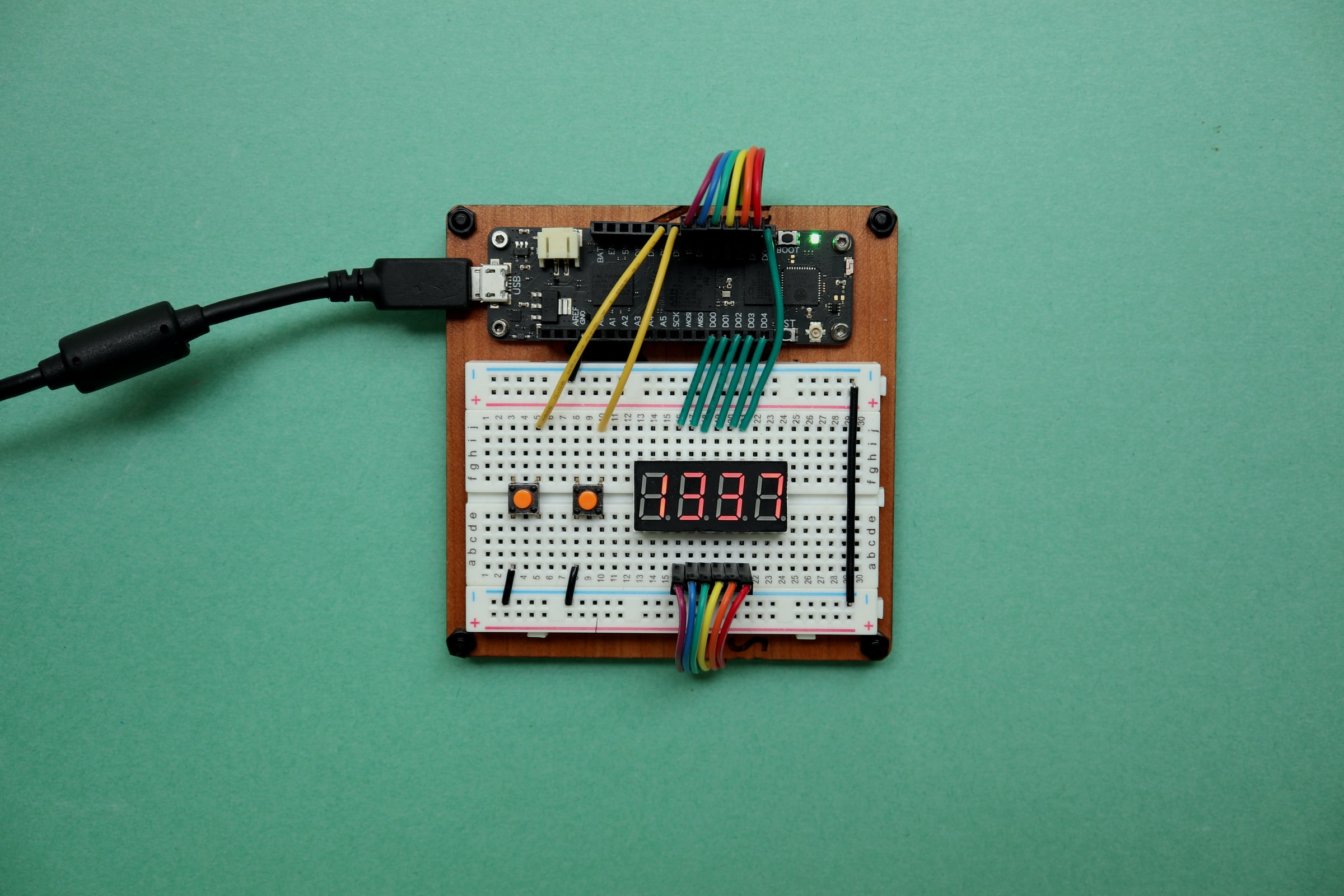
Accelerometer
An accelerometer is a sensor that measures the acceleration forces. An accelerometer can be used to detect the orientation of a device or even vibrations. The sensor has been used in phones to detect the orientation of the device. The sensor has also been applied in earthquake detection due to its ability to detect vibrations.

Temperature Sensor
Temperature is the most common measurement. It measures how cold or warm an object or the space is. Temperature sensors are used in HVAC systems, medical devices and other control and monitoring devices. Temperature sensors exist in various designs including thermometers, infrared, semiconductors, temperature coefficient resistors and thermocouples. Choosing a temperature sensor depends on the intended application and desired level of accuracy.

IR Sensors / Motion Detectors
An IR Sensor emits infrared radiation to detect heat or motion within its surroundings. This sensor is mostly used in real time objects detection, industrial temperature control, automatic doors and to measure distance between objects. The various types of IR sensors include IR temperature sensors, IR speed sensors and ultrasonic sensors. These sensors are normally linked to a monitoring system or an alarm system. Whenever motion is detected, a signal is sent to a cloud-based monitoring and/or triggers an alarm.
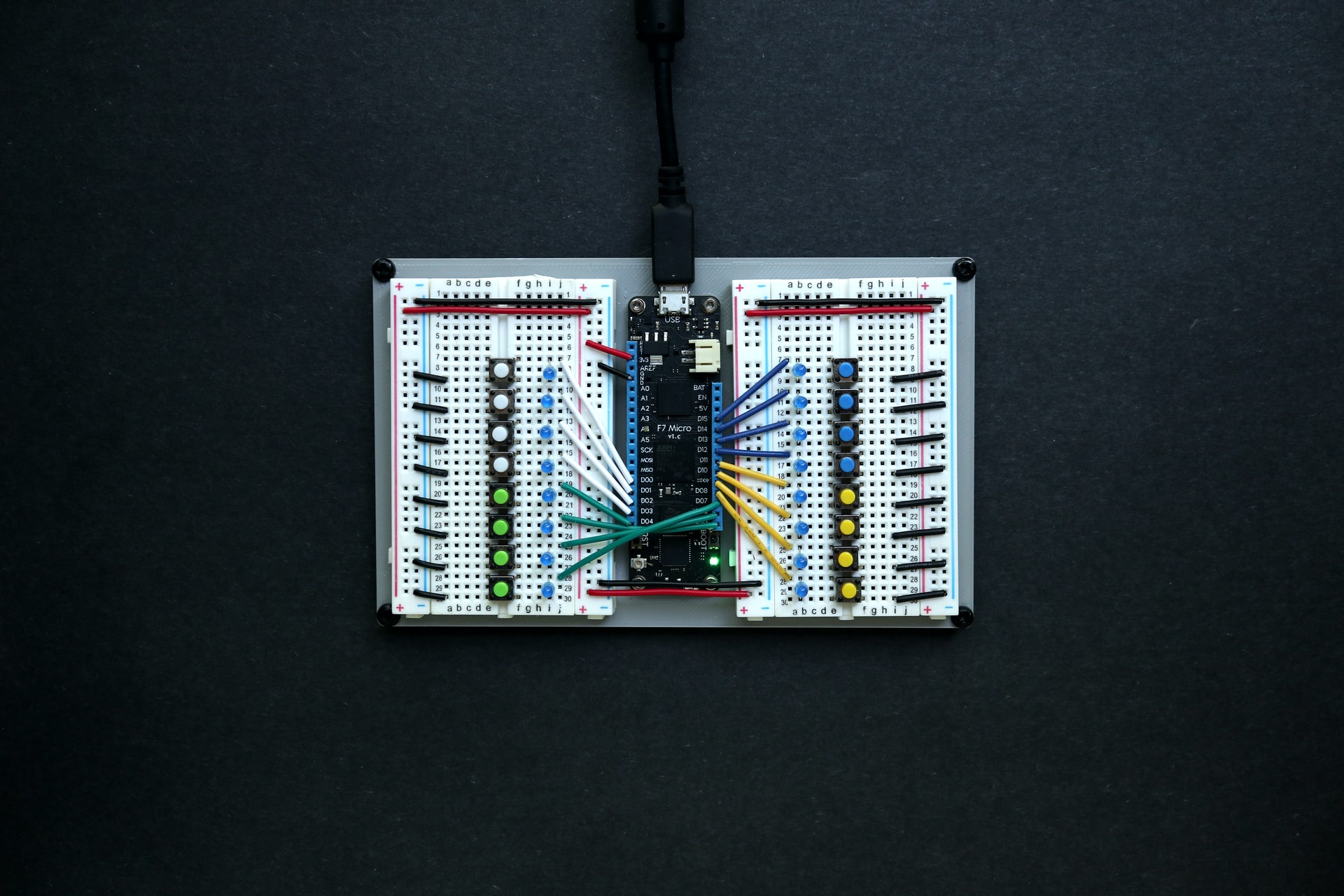
Gas Sensor
A gas sensor is used to detect the presence or concentration of gases in the atmosphere. There are different types of gas sensors depending on the sensing element used to make the sensor. The type of sensing element determines the type of gas that the sensor is able to detect. The various gases that can be detected using gas sensors include methane, butane, LPG, Smoke, alcohol, ethanol, CNG gas,hydrogen, CO2, Ozone, Ammonia, Natural gas and Carbon Monoxide. Gas sensors are mostly used in industries or households to detect concentration of toxic gases. They can also be used to detect the quality of air or emergency incidents like gas leaks.

Proximity Sensor
A proximity sensor is used to detect the presence of objects. Proximity sensors are mostly used in industries to detect presence of objects along a manufacturing line. However, they also find application in phones, cars for parking assist among other numerous applications. Proximity sensors exist in various technologies and shapes. The sensors can be capacitive, hall effect, photocell, inductive or Infrared, and are sensitive to specific targets (for example, an inductive sensor may respond to metallic objects).
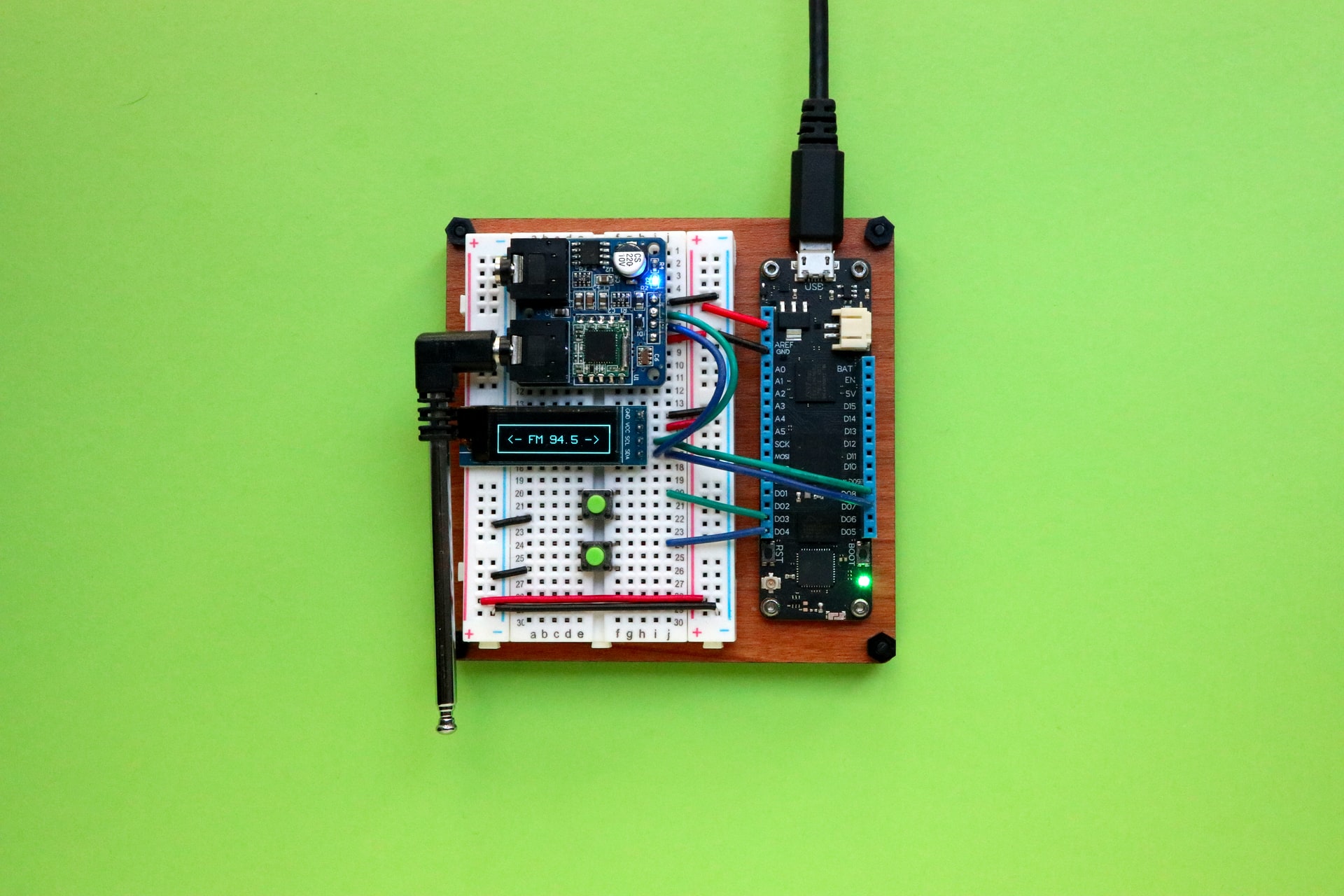
Smoke Sensor
A smoke detector is used to detect the presence of smoke in an enclosed space. A smoke detector is coupled to alarms which get triggered when smoke is detected. Smoke sensors can either be photoelectric or ionization sensors. A photoelectric sensor has the ability to detect fires that do not produce a lot of flame and smoke. On the other hand, ionization sensors only detect fires that produce huge flames and a lot of smoke.
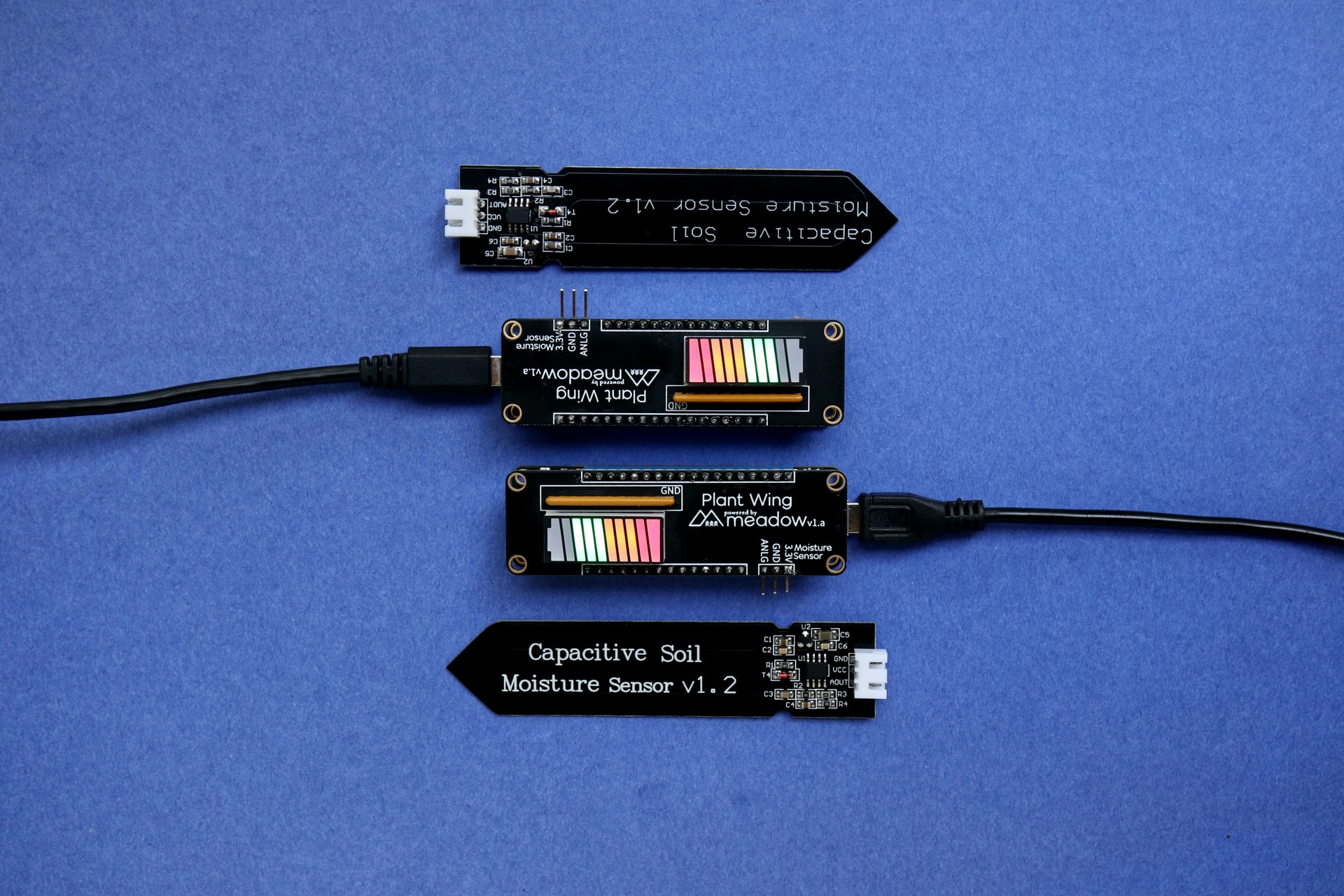
Humidity Sensor
Humidity refers to the moisture content in the atmosphere. A humidity sensor is mostly used in conjunction with a temperature sensor. Actually, the two sensors are mostly produced in a single module. Most humidity sensors measure relative humidity. Relative humidity is the ratio of moisture content with respect to the highest recorded value of moisture at a given temperature. Moisture content measurements are mostly used by HVAC systems to control the quality of air in a room.

Barometric Pressure sensor
A barometric pressure sensor measures the atmospheric pressure. The sensor basically responds to changes in the weight of atmospheric air pressing against it. This sensor is mostly used in weather stations to predict weather. The sensor can also be used to detect vertical motion or changes in altitude.

All companies providing facility service to distributed portfolios have some form of call receipt, vendor management, dispatch processes, and capability. But, none today can fully realize the service improvement capability and cost management potential of a pro-active, fully integrated, collaborative, “Operations Control” process. We know that the market requires commitments to drive down costs year over year. We understand that the key driver in winning new business includes an ability to provide this year over year savings.


This operations center approach will specifically organize our people, process, and technology to successfully provide this. It is not always easy for FM companies to meet these new customer expectations given the typical isolation of traditional call centers from other functions across the company.
Doing so with agility, operational efficiency and an emphasis on value creation is even harder. This has to change in order for FM providers to effectively market to their clients. This is especially challenging in a distributed portfolio.
Today, your customers expect you to support their requests and needs using any device on any channel, at any time. Their journeys often touch several departments within your business – from Marketing and Sales to Billing and Support – and at every point they expect you to know who they are, understand their prior interactions and enable seamless service to all of their facilities at any time.

Facilities Remote Monitoring
from Everywhere
WHY AN OPERATIONS CONTROL CENTER?
» Integrated service delivery platform and organization that is both scalable and effective. » All companies have some form of daily operations management process
» Works together with your staff to innovate processes organically » Continuous design and improvement of tools to enable next generation innovation
» Turnkey processes for planning and balancing schedule, operational requirements, and resource requirements. » Real-time management of internal and vendor services
» No daily schedule operates as planned » Brings together experienced scheduling, operational, maintenance, customer service, and revenue control people
Cloud System Sensors Available
Automated Residential Maintenance
Powerful, efficient, cost-reducer
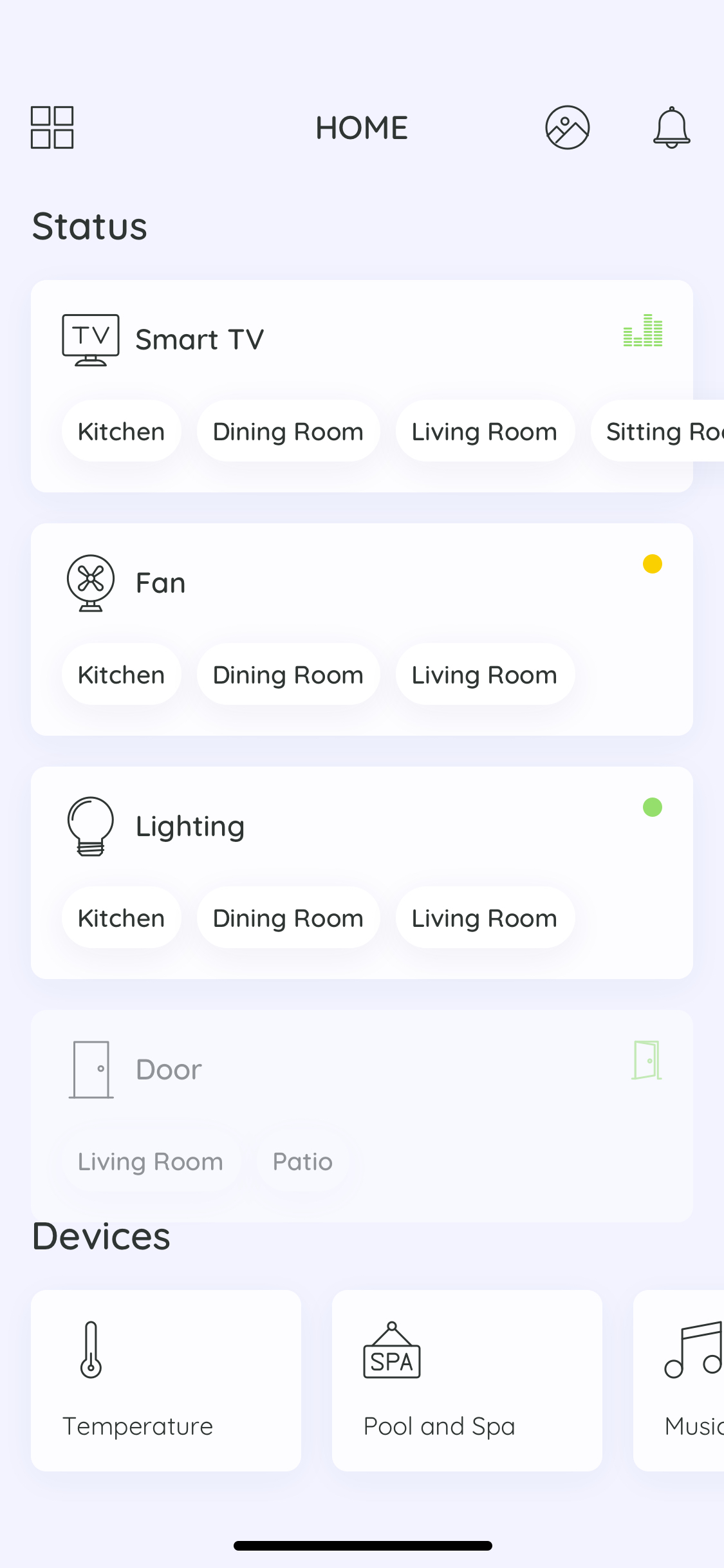
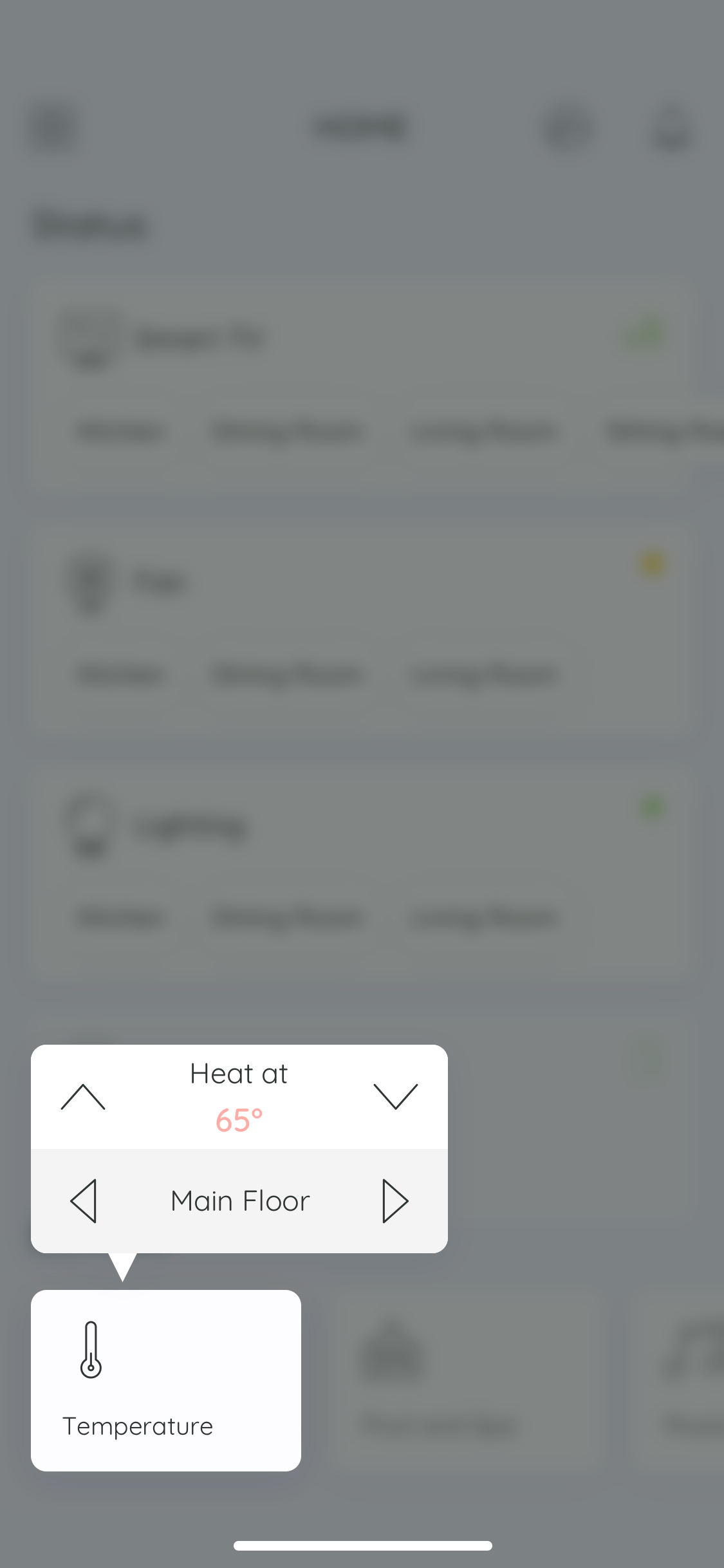



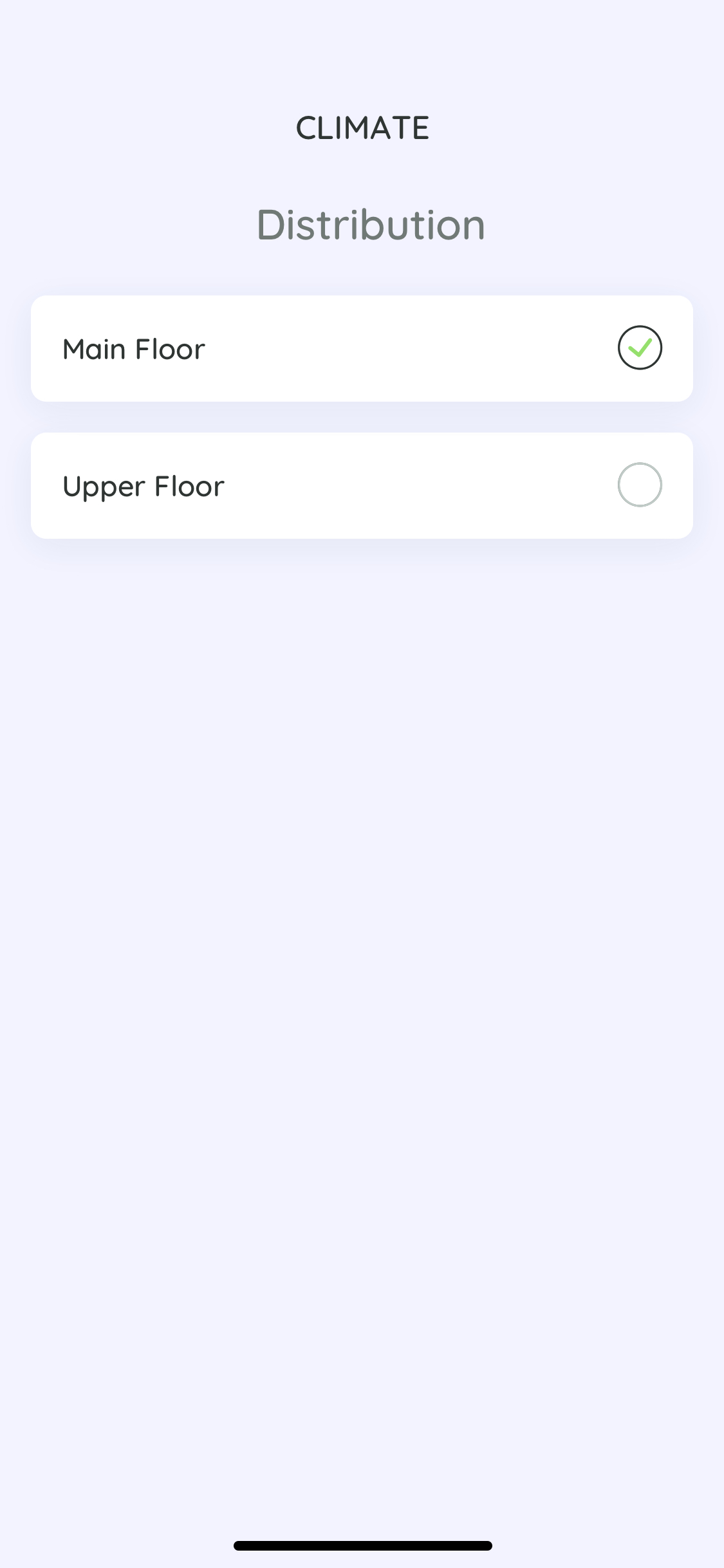


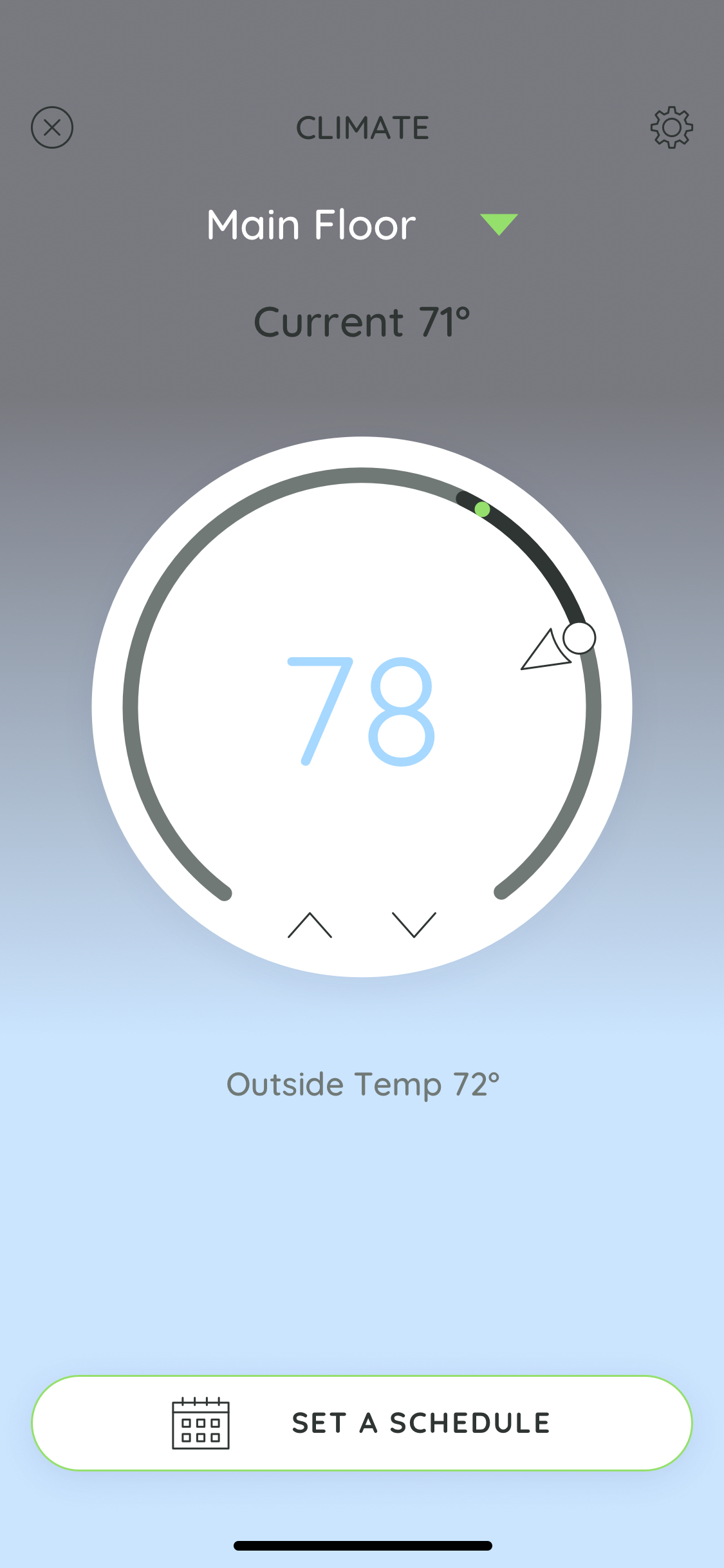
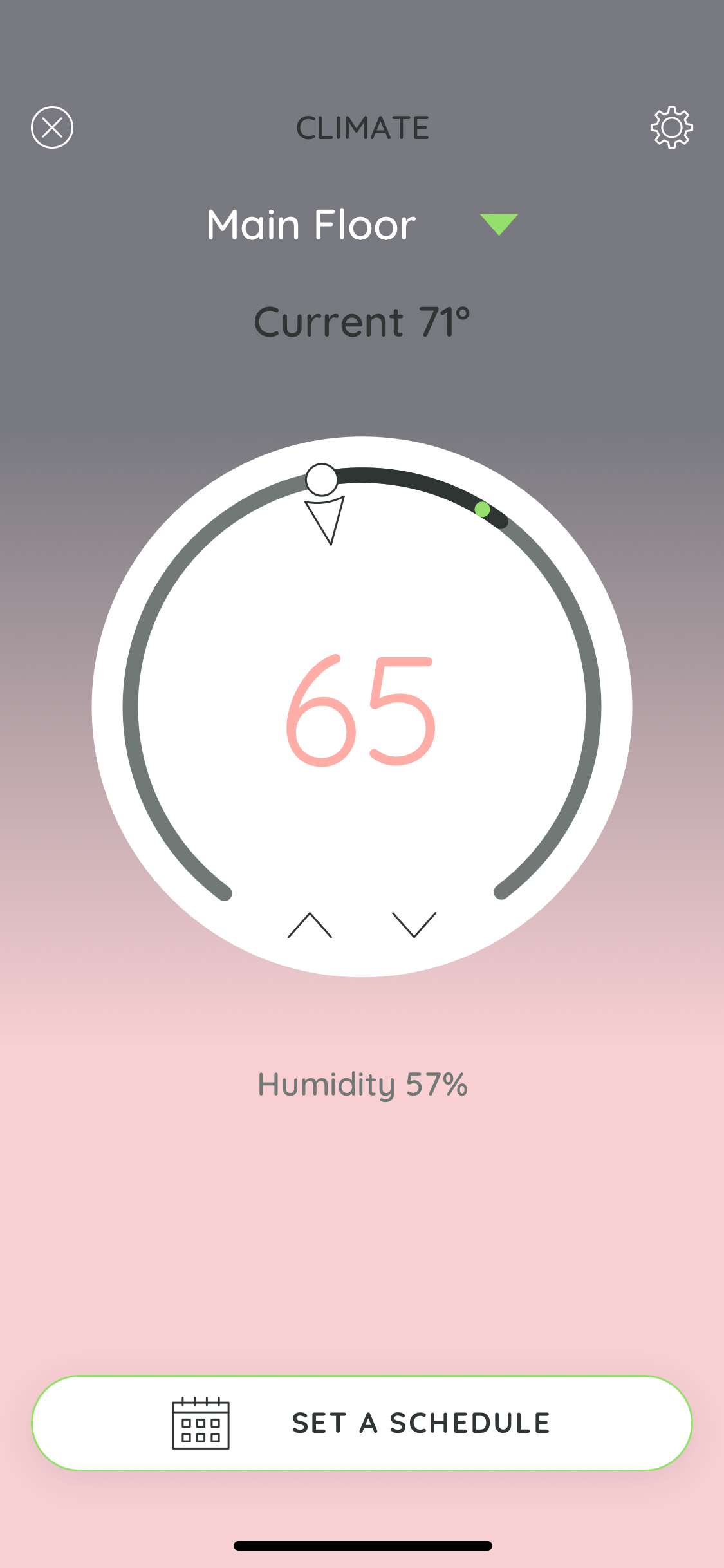


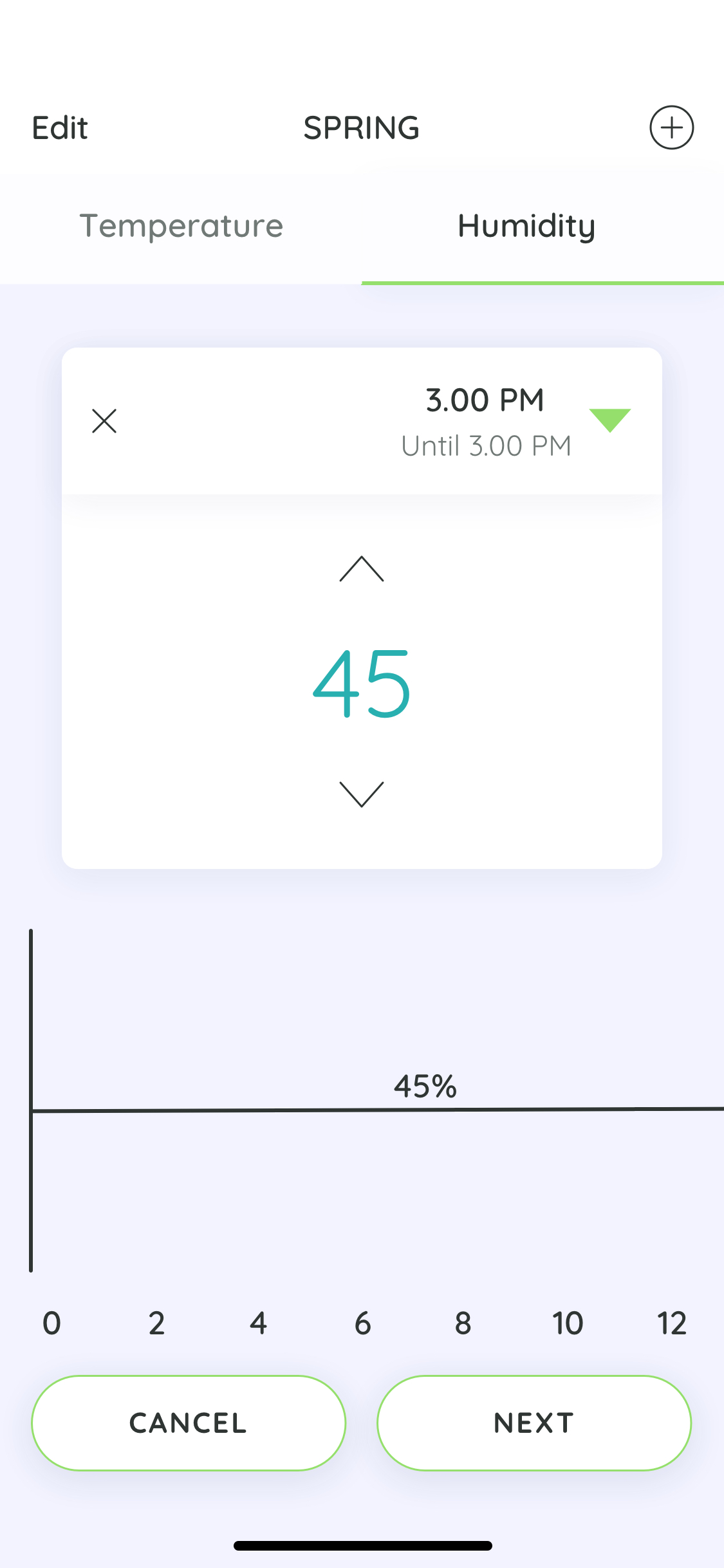
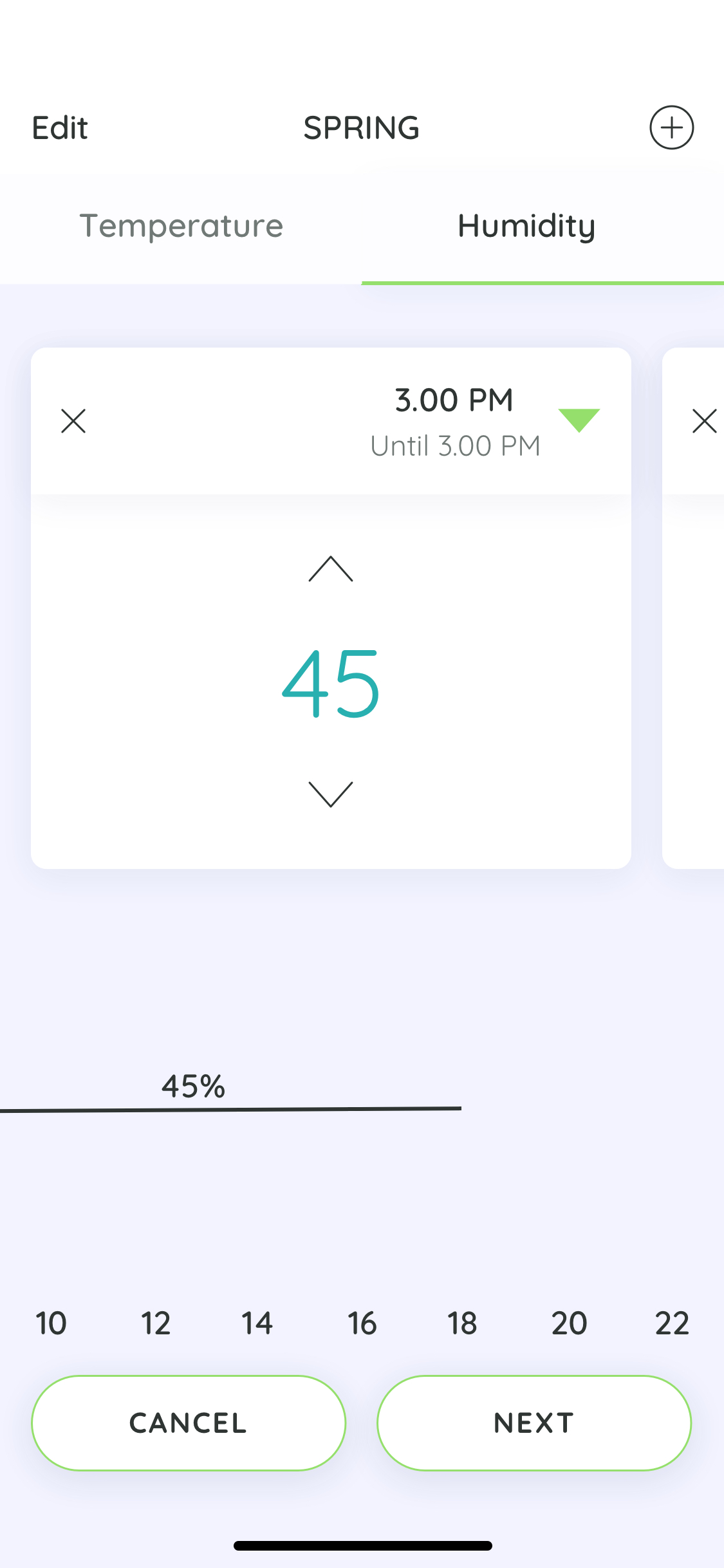
Pineapple Maintenance
Call Center dispatches specific jobs that need human assistance. Everything else is auto-dispatched / closed / billed.
Contact Us
- Orlando
- Florida
- United States
